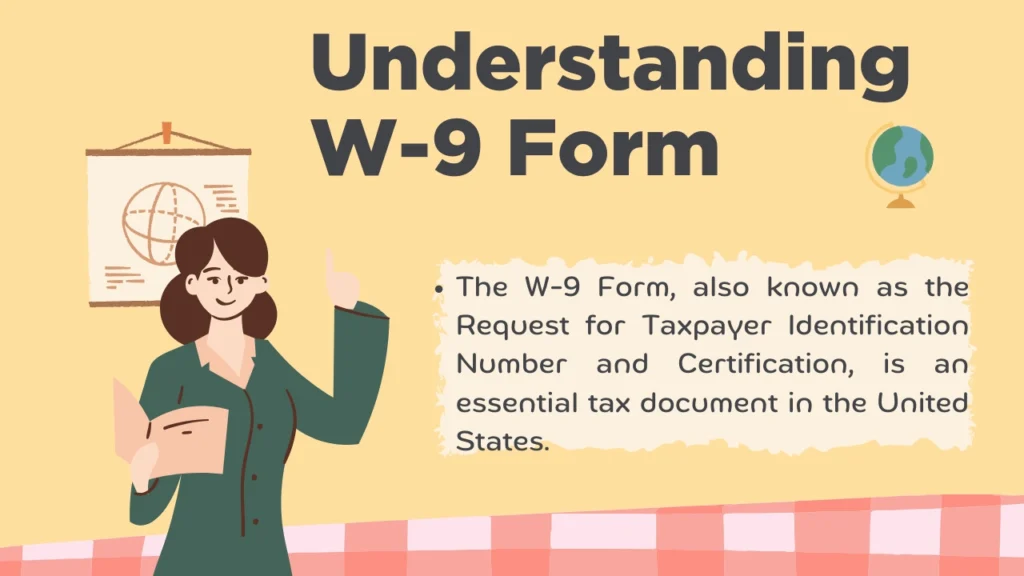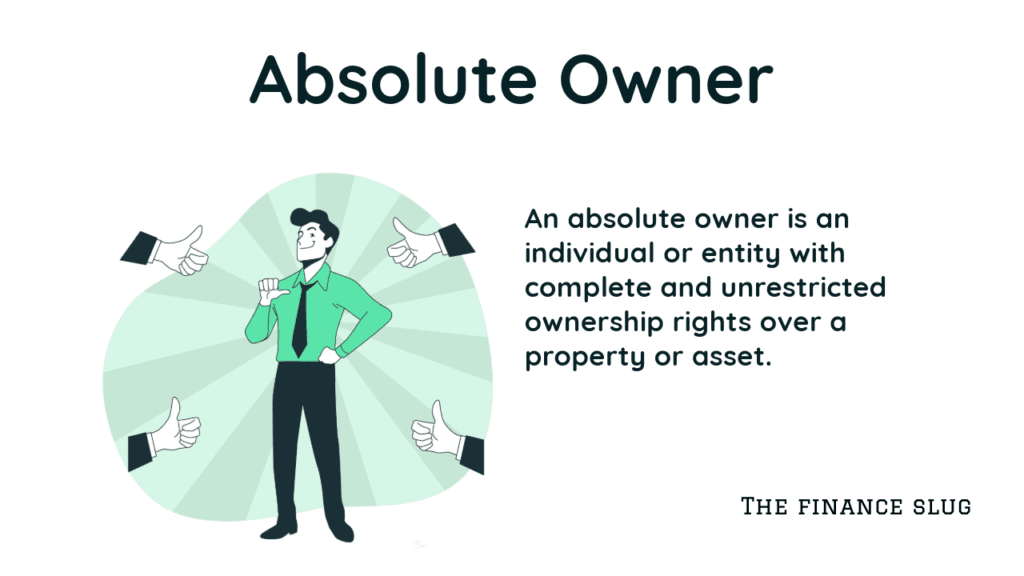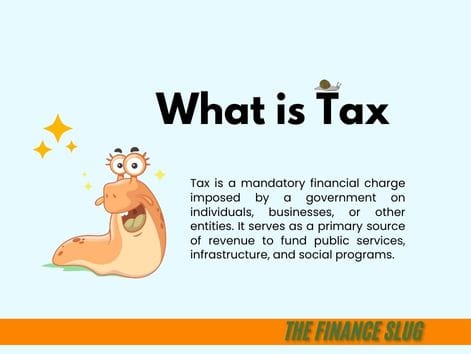
The W9 Form, also known as the Request for Taxpayer Identification Number and Certification, is an essential tax document in the United States. It allows businesses and organizations to collect taxpayer information to report payments to the IRS. If you are asked to complete a W9 Form 2024, this guide will help you understand its purpose, how to fill it out, and why it matters.
What Is a W9 Form?
The W9 Form is a simple document used to collect and verify your Taxpayer Identification Number (TIN). It is crucial for tax reporting, as the IRS uses this information to track payments and ensure income is reported correctly. Businesses and organizations request the form to comply with tax laws when they pay independent contractors, landlords, or investors.
Unlike forms such as the W-2 or W-4, the W9 Form 2024 is not for employees. It applies only to non-employees and certain types of taxable financial transactions.
Why Is the W9 Form Important?
The W9 Form ensures that income is reported properly to the IRS. It is required for:
- Payments to freelancers and contractors.
- Reporting dividends, interest, or rental income.
- Verifying TINs for tax compliance.
For example, if you work as a freelancer, your client will use your W9 information to issue a 1099-NEC at the end of the tax year. The IRS uses this form to ensure you report your income on your tax return.
Legal and Regulatory Aspects of the W9 Form 2024
Compliance with Backup Withholding Rules
Backup withholding is a precautionary measure where a payer withholds 24% of your income and sends it directly to the IRS. This withholding occurs in the following situations:
- Incorrect TIN: If you provide an invalid TIN or one that doesn’t match IRS records, backup withholding will be triggered.
- IRS Notification: If the IRS notifies the payer that you’ve underreported income in previous years, they may enforce backup withholding until the issue is resolved.
- Failure to Certify Backup Withholding Exemption: By signing the W9 Form, you certify under penalty of perjury that you’re not subject to backup withholding. If you fail to do so, the payer must withhold taxes.
Penalties for Non-Compliance
Failing to submit an accurate W9 Form can lead to serious consequences, including:
- $50 Penalty: You will face a $50 penalty for not providing your TIN or for submitting an incorrect one.
- Backup Withholding: If you don’t provide a valid W9, the payer must withhold 24% of your payments as backup withholding.
- Additional IRS Penalties: If you intentionally disregard IRS regulations, you could face even harsher fines and penalties.
Who Needs to Fill Out a W9 Form 2024?
The IRS requires specific individuals and entities to complete a W9 Form under certain conditions. Let’s break down these scenarios:
- Independent Contractors and Freelancers: If you provide services to a business and aren’t classified as an employee, you must fill out a W9. For instance, if you’re a graphic designer or software developer hired for a project, the company will use your W9 to issue a 1099-NEC, reporting the payments made to you.
- Landlords Receiving Rental Income: If you receive rental income, property management companies or tenants may request your W9. This helps ensure that rental income is accurately reported to the IRS.
- Investors Earning Dividends or Interest: If you hold investments that generate dividends or interest, financial institutions will likely require your W9. This ensures they can verify your TIN and report these earnings on a 1099-DIV or 1099-INT.
- Business Entities: Corporations, partnerships, trusts, estates, and LLCs often need to submit W9 Forms to clients, customers, or other payers. This ensures proper income reporting and tax compliance. Business entities involved in mergers or acquisitions must ensure accurate tax reporting and compliance, including providing the required W9 forms.
- Taxable Financial Transactions: Finally, certain payments—such as prize winnings or legal settlements—may also require a W9 to report the income correctly.
- If you’re dealing with financial institutions that require a W9 for investment income, understanding financial tools like credit cards can also be crucial.
How to Complete a W9 Form 2024
Filling out the W9 Form is straightforward, but accuracy is essential. Follow these steps:
- Enter Your Name: Write your full legal name as it appears on your tax return. For businesses, use the registered business name.
- Provide Your Business Name: If your business operates under a different name, include it here.
- Select Your Tax Classification: Choose the appropriate option, such as individual/sole proprietor, corporation, or LLC.
- Provide Your Address: Enter your current mailing address where tax documents will be sent.
- Enter Your TIN: Use your Social Security Number (SSN) if you are an individual, or your Employer Identification Number (EIN) if you run a business.
- Sign and Date: Certify that the information is correct and that you comply with IRS rules.
Remember to double-check your entries. Errors can cause delays and may lead to penalties.
What Happens If You Don’t Submit a W9 Form?
Failing to submit a W9 can lead to backup withholding. In this case, the payer must withhold 24% of your income and send it to the IRS. For instance, if you refuse to provide a W9 to a client, they are legally required to withhold a portion of your payment. This could reduce your cash flow and complicate your tax filings.
Additionally, failing to provide a valid TIN can result in IRS penalties. You may face fines of up to $50 for submitting incorrect information.
Legal and Privacy Considerations
The W9 Form contains sensitive information, such as your TIN and address. By law, businesses must protect this data and use it only for tax reporting. Misusing this information is a federal offense and can lead to severe penalties.
Additionally, you are legally required to provide accurate information. Intentional errors or false certifications can result in significant fines.
Backup Withholding: What You Need to Know
Backup withholding is a safeguard the IRS uses to collect taxes when payees fail to comply with reporting requirements. It applies in these situations:
- You provide an incorrect TIN.
- The IRS notifies the payer that you’ve underreported income.
- To comply with tax regulations and avoid penalties, it’s important to understand financial statements alongside completing your W9.
- You fail to certify your exemption from backup withholding.
If backup withholding applies, the payer will withhold 24% of your payments and remit them to the IRS.
Updating Your W9 Form 2024
You should provide an updated W9 if:
- Your name or business name changes.
- You switch from an SSN to an EIN.
- Your address changes.
- Your tax classification changes, such as becoming an LLC.
Keeping the form up-to-date ensures smooth transactions and avoids potential withholding.
Final Thoughts
The W9 Form 2024 is more than just a piece of paperwork—it’s a vital part of tax compliance in the United States. Maintaining accurate financial records and reporting, such as ensuring the correct use of the W9 Form, is essential for safeguarding your creditworthiness and achieving a high credit rating. By understanding its purpose and completing it accurately, you can avoid penalties, ensure smooth financial transactions, and stay on top of your tax obligations.
Whether you’re a freelancer, landlord, or investor, taking the time to learn about the W9 Form helps protect your financial interests and keeps you in good standing with the IRS. For families, tax compliance may also include claiming benefits like the child tax credit.
Here you can download W9 Form Pdf
Also Read
Stock Market Crash Today: A Bloodbath on Monday – What You Need to Know
Published on financeslug.xyz The global financial markets are reeling from a massive sell-off, and Indian equity benchmark indices BSE Sensex…
Wall Street Bonuses Reach Record $47.5 Billion in 2024, Up 34% from Previous Year
How to Convert Delimited CSV Data into Columns in Excel
CSV (Comma-Separated Values) files are widely used for data exchange, but when opened in Excel, the data often appears in…
Harvard University Announces Free Tuition for Families Earning $200K or Less
Harvard’s New Tuition-Free Policy: What You Need to Know Harvard University has unveiled a groundbreaking initiative to make higher education…
Eli Lilly’s 1.8B Dollar Investment in Weight Loss Drugs
Ireland’s Weight-Loss Drug Boom: A Game-Changer for Economy and Healthcare Ireland is witnessing a surge in pharmaceutical investments, thanks to…
Forever 21 Files for Bankruptcy Again: The End of an Era in Fast Fashion?
Forever 21, once a staple in American malls and a leader in the fast-fashion industry, has filed for Chapter 11…







